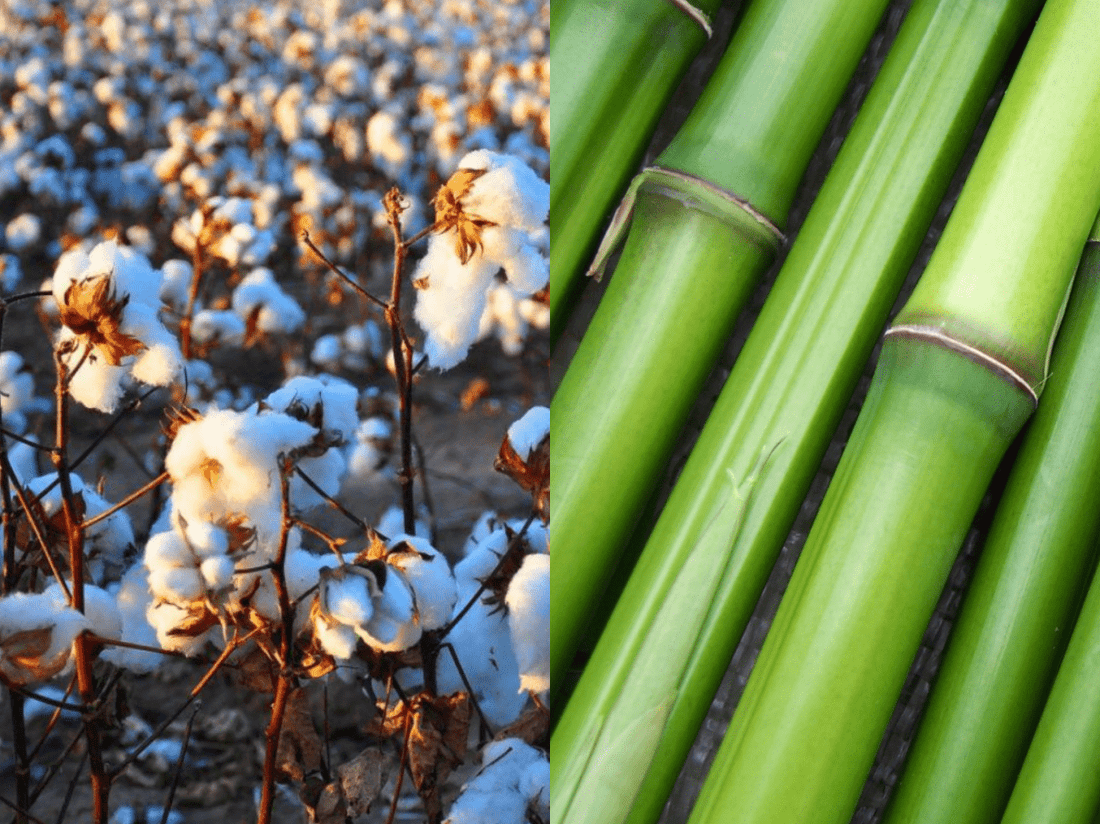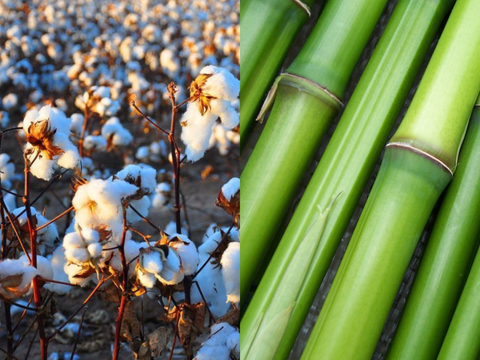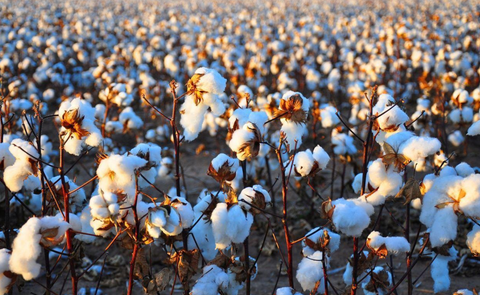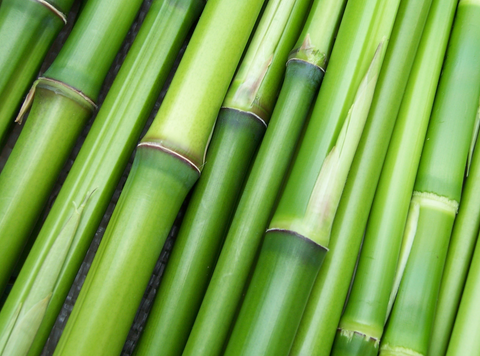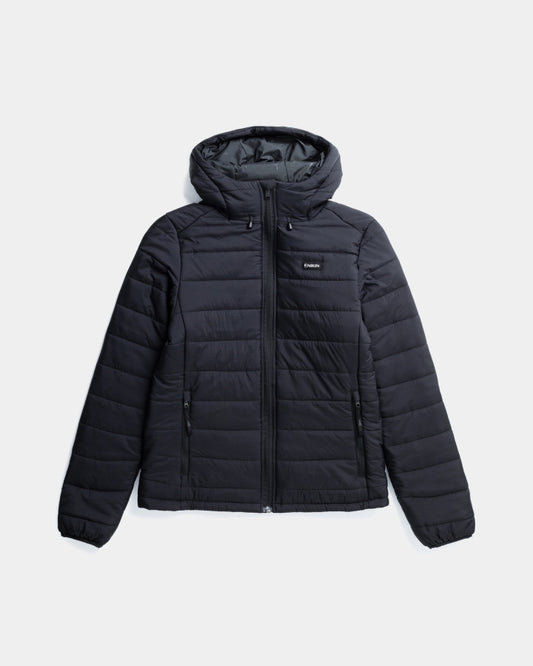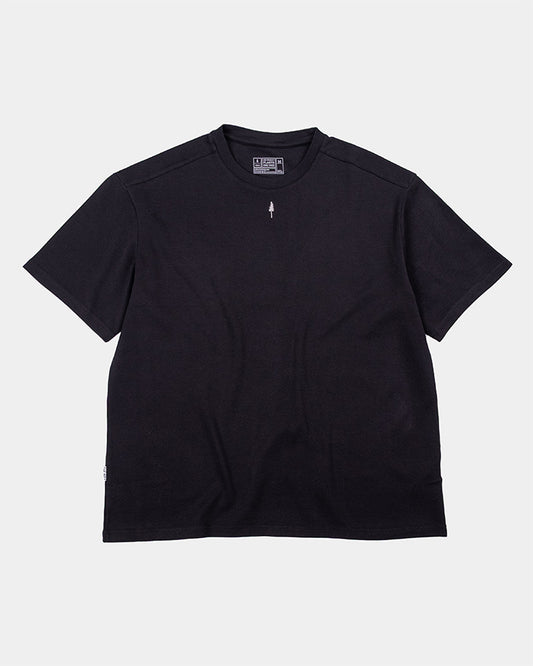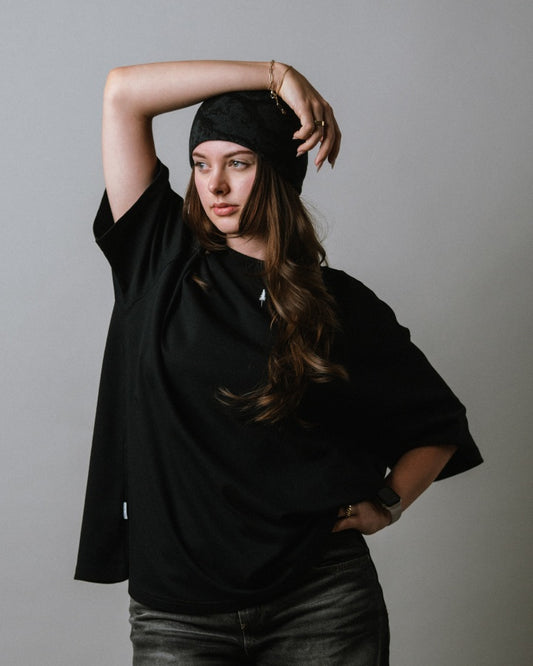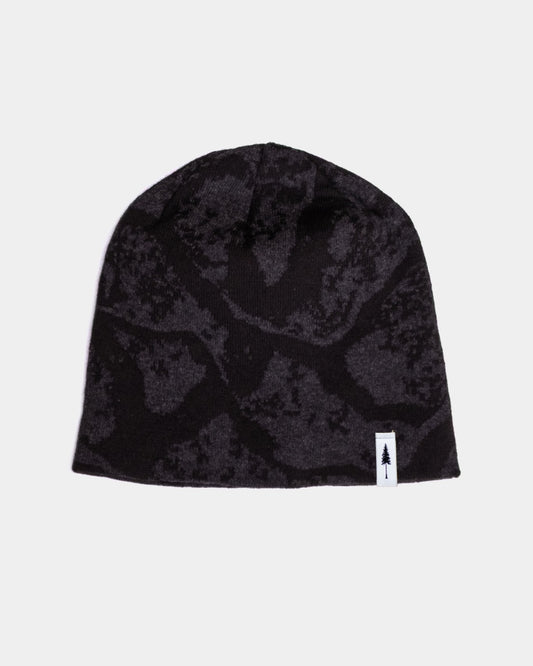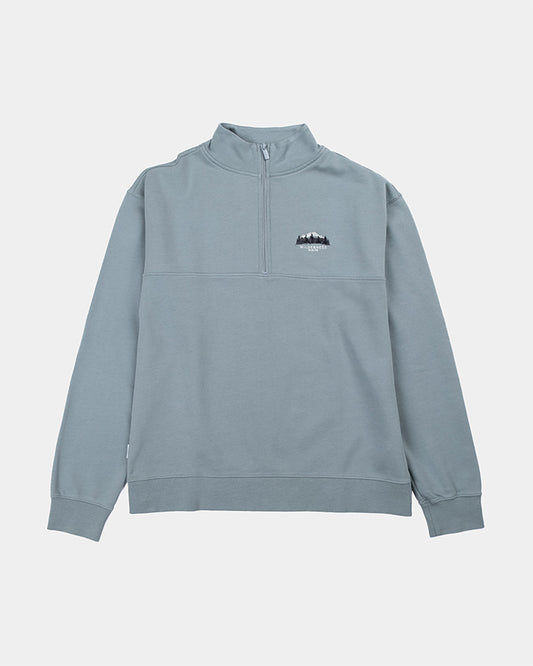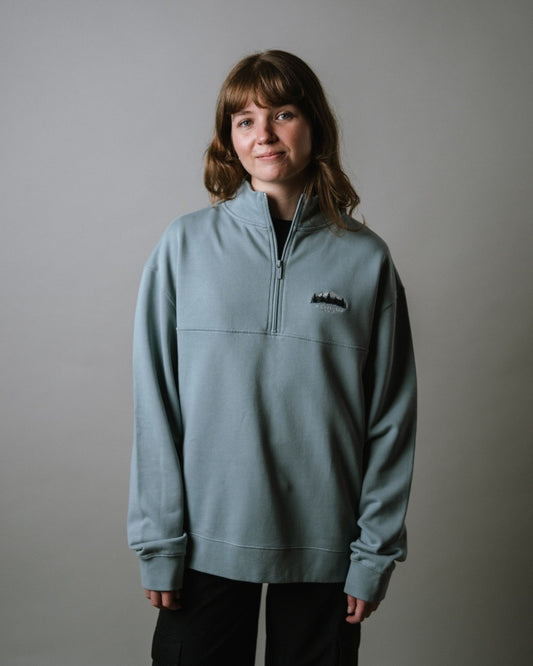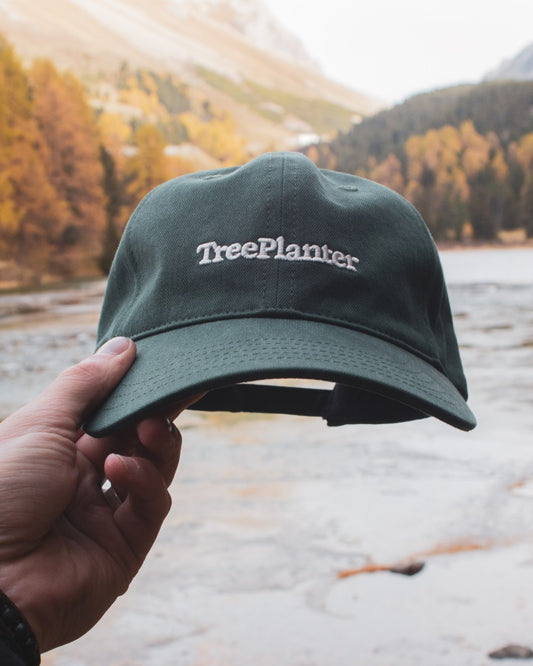Sustainable materials for our products are very important to us, which is why we almost exclusively use organic cotton, bamboo and other sustainable alternatives. But what are the differences between these raw materials?
When it comes to textiles in particular, more and more people are opting for items of clothing with labels such as ecological, organic or fair trade. It should be sustainable and environmentally friendly, while at the same time consumers appreciate the great wearing comfort of cotton in particular. But how sustainable is organic cotton? And are there alternatives?
What is organic cotton?
No chemicals such as pesticides, herbicides or artificial fertilisers may be used in the cultivation of cotton that deserves to be called organic. The entire cultivation and processing chain must be traceable in this respect.
Advantages of organic cotton
They are obvious: textiles made from organically grown cotton are great to wear. The soft, pleasant fibres last for years, even decades, are not harmful to health and do not pollute the soil or groundwater. The people who work in the cotton industry do not have to suffer from toxins either. And since cotton is a renewable resource, it can be grown indefinitely.
Disadvantages of cotton cultivation
Well... Cotton is a renewable agricultural product. However, the water consumption of the plants is enormous. And even with sustainable cultivation, enough chemicals are still used for a single T-shirt - it can be as much as 200g.
Processing as a weak point
The crucial point in cotton processing is often the dyeing process. Even if everything has gone well up to that point: this is where the chemical cudgel is often wielded. There is usually no other way to achieve the bright colours of cotton fabrics. If you do without, you have to be satisfied with rather "discreet" colours.
Typical organic cotton products
Parents of young children particularly often turn to organically grown cotton. Because if a garment is to meet the highest standards, the entire manufacturing process, including the treatment and dyeing of the fibres, must be included. That has its price. But for your own children, you will sometimes have to dig deeper into your pockets. Allergy sufferers also appreciate organic cotton, among other things because the durable fibres can be washed at high temperatures.
What is bamboo and what can this great fibre do?
Bamboo has been processed into fibers in Asia for centuries and used for clothing, hats or shoes, but also for mats. What hardly anyone in Europe knows - bamboo is not a Tree, but a grass, albeit a very nimble one. Some species grow one meter per day. The plant is considered robust and weatherproof, and does good to the soil as it grows. Bamboo fibers and textiles made from bamboo fibers are often touted as an alternative to water-sucking cotton.
Benefits of bamboo fibres
Bamboo textiles are breathable and silky soft. The wearing comfort corresponds to that of silk, but at the same time the material is easy-care and absorbent. Moreover, bamboo has hypoallergenic, antibacterial and insect repellent properties! It is crease-resistant and machine-washable without the need for fabric softener. Since bamboo fibres can be dyed excellently, you also get convincing, beautiful results with organic dyes.
Like cotton, bamboo is a renewable agricultural product - it even grows back very quickly. Since the plant is resistant to bacteria and pests anyway, it does not need any chemicals when growing. The water consumption of the bamboo plant is low, it thrives even on poor soils and even enhances them. A miracle plant? Not quite!
Disadvantages: especially in processing
While bamboo itself is an undemanding and extremely useful plant that shoots up quickly practically everywhere, the problem here lies in the processing. Because to make the fibres supple, a lot of water and a vast amount of chemicals are needed. And immediately it has shot down organic cultivation again. What helps is to look at the certification - because even with bamboo textiles, an OekoTex label is an indication that the manufacturing and processing procedures meet sustainable standards.
Typical textile products made from bamboo
Textiles made of bamboo yarn are not yet very widespread. But word has already got around: Sheets and light blankets made of bamboo adapt to cool or warm weather and are also hypoallergenic.
Bamboo or cotton - which is better?
Can you choose one of the two fibres when it comes to sustainability? Here we can say a clear "yes"! On the one hand, despite the not always "clean" processing, bamboo is certainly a more sustainable material overall than cotton and offers a comparable, if not even higher wearing comfort. On the other hand, there is still a lack of corresponding certifications that guarantee transparency for consumers. The ultimate in alternative fibres has still not been found. One possible alternative: textiles made from algae, produced with environmentally friendly solvents from cellulose. Such fabrics are not only healthy for the skin, but can even be worn by small children and convey a noble feeling like silk or cashmere wool.
Our bottom line: how good are bamboo or cotton really?
No matter which fibre you choose - it is not possible without a close look at the entire manufacturing process. Not only the cultivation, but also the processing must be taken into account. In order to keep the damage to the environment as low as possible, it is also possible to recycle natural fibres.
At NIKIN , we place great importance on sustainable products at fair prices. That's why we are always on the lookout for suitable sustainable alternatives to conventional materials. For some time now, we have been using organic cotton and recycled polyester instead of the conventional options, which are often not very sustainable. We want sustainable materials to become the standard and not just a luxury for the environmentally conscious upper class. We want to make sustainable and fair fashion accessible and affordable for everyone and have already tried out various alternatives - such as recycled cotton fibers from old jeans (for our Treeanies), or bamboo for our TreeSocks. We are happy with both, although both materials have their advantages and disadvantages. Of course, we are still far from perfect, but we are definitely heading in the right direction. That's why we're always on the lookout for even more sustainable materials for our products!
What our customers can do
By choosing your own clothes, you can set an example against throwaway fashion. Definitely for quality, and against quantity. It's better to have a few pieces, but good ones. That has its price - but in the long run, buying such pieces is worth it. Quality is good for the environment. And in the long run also good for the wallet.





